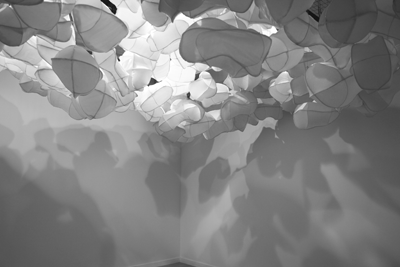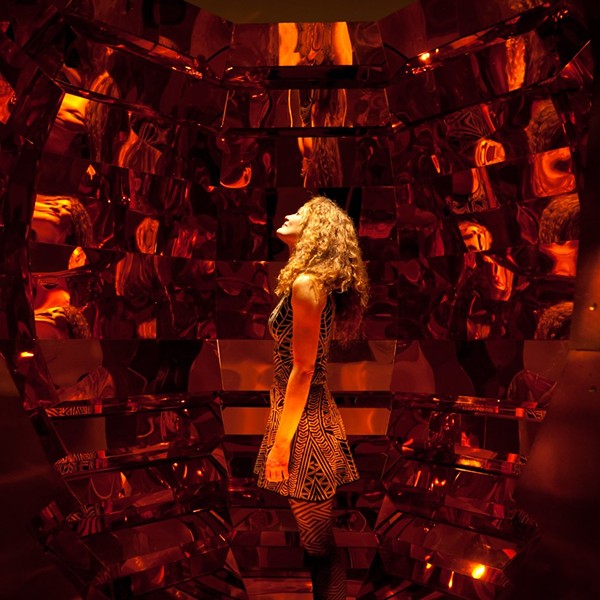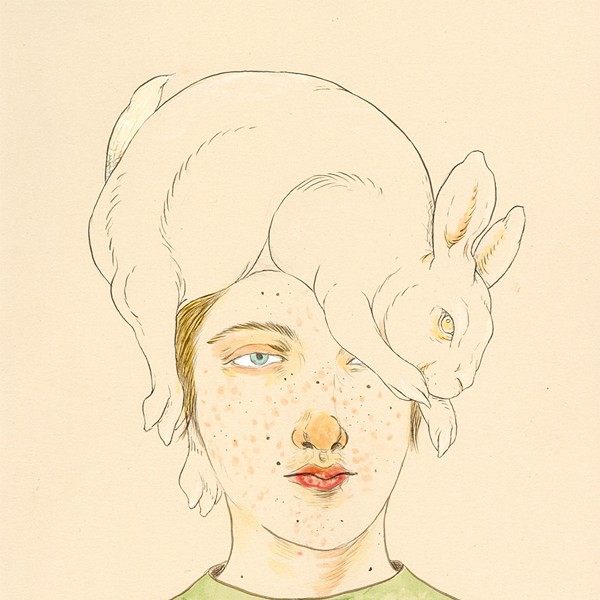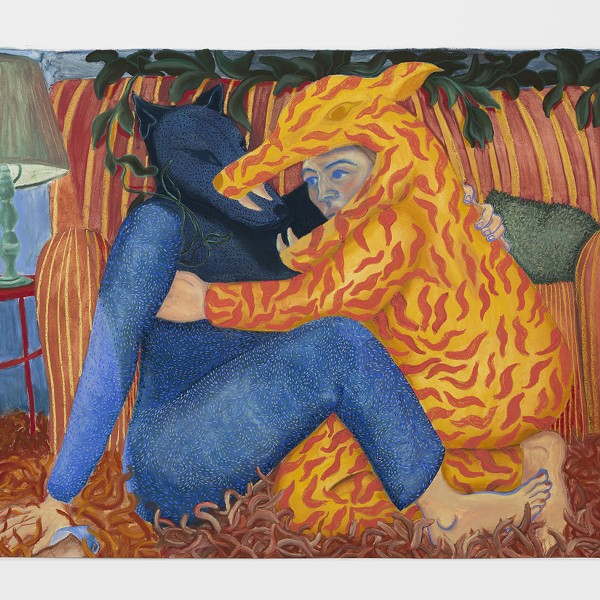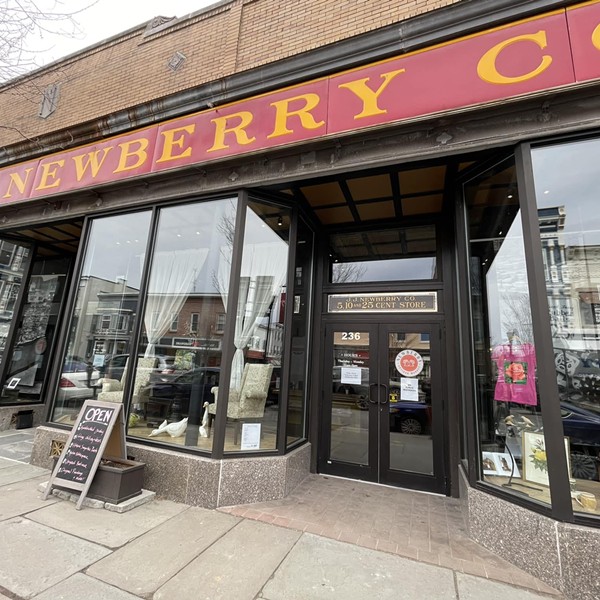The adventure of art is in the new. The consolation of art is everything you have seen, read, heard, and kept inside you as a talisman against the popular lie that nothing matters anymore.
—Jeannette Winterson
It’s something of a commonplace to say that “art” has not always meant the same thing to different people, in different times. Contrary to the standard “pyramids to Picasso” approach of most art history surveys, it seems presumptuous to think that any one concept could stand eternally, universally understood across millennia of human history.
What we call art is a cultural expression—something like a visual language, manifesting (when it works properly) something worth saying about the world that births it. That said, it seems clear that when the big picture (note that metaphor) changes, the art that speaks to it must adapt as well. That’s why some things, in retrospect, seem to epitomize a period in the past, when of course they were the very newest, freshest style in their own time—Art Deco from the 1930s, for example, or psychedelic posters from the 1960s.
If art is a living (visual) language, then obviously it will change over time, as the culture itself shifts from one state to the next. Just ask anybody who’s tried to read Beowulf in the original how much the English language has metamorphosed in the last thousand years.
I was prompted to think about all this in the wake of some recent exhibitions that seek to redefine the artwork—rather than a particular, singular object of contemplation, artists Lorrie Fredette and Jeremy Holmes present the viewer with a space—an environment, really—that demands a very different sort of attention. In musical terms, these works function more like an ambient piece by Brian Eno, setting a particular tone, giving a visual/spatial texture to the gallery, rather than standing out as a particular point of focus.
Last month at KMOCA (the tiny, but regularly courageous Kingston Museum of Contemporary Art) on Abeel Street, recent New Paltz BFA grad Jeremy Holmes re-installed the work that had been shown previously at the Dorsky museum as his thesis show in December. Conversations Continued consists of two long, flexible ribbons of wood (one mahogany and one ash) installed to loop around the gallery space, embracing it in a Möbius strip gone slightly mad, encircling and almost cocooning the viewer. When shown in the much larger, high-ceiling space of the Dorsky, the wooden strips were almost entirely unfurled, stretching across the Chandler Gallery, finally swooping down into the low-ceilinged North Gallery, eliding the connection between the two spaces.
By contrast, the KMOCA installation seemed to tightly box in the looping wood, creating a greater sense of spring like energy, as it waited to burst out of the gallery container. The material reads differently because of its changed relationship to the space—something that seems equally applicable as a way of describing its effect on the viewer.
Lorrie Fredette’s installation at the Gallery at R&F in Kingston, which continues on view through March 22, works by way of a similar principle, but using very different means. Suspended from a nearly invisible black grid in the ceiling, 230 sculptural forms cluster together over the viewer’s head, in closely-spaced, flowing formations. Each form is constructed using a wire armature, over which has been hand stitched a muslin covering. The hollow forms were then given a translucent, almost fleshy skin of pure encaustic medium. (The medium is normally the wax-and-resin vehicle for various pigments. Here, it is used in its pure, untinted form.)
The back story for this impressive installation starts two years ago, when Fredette contracted a significant outbreak of poison ivy. Ever the artist, she focused her attention on the blistered rash, drawing its patterns, photographing and manipulating images of it digitally. She discovered a surprisingly large subculture on the Internet of people who post images of their own rashes for others to see. Another tangent led her to consider the increasing proliferation of poison ivy as a result of climate change—and a whole new set of environmental and political issues, drawing her into research about the molecular structure of carbon dioxide and greenhouse gases.
While the installation derives its title, “A Pattern of Connections,” from these networks of interlocking information, the experience of the installation itself transcends any particular content or concept. Painstakingly lit, the ivory/yellow medium catches, filters, and transforms the light, casting beautifully patterned shadows on the wall, while imbuing the room with a soft, warm glow. The simplified, biomorphic forms (there are four basic configurations, none larger than about one foot long) repeat each other, cluster, and spill across the room in an undulating wave. Low enough to make their presence felt, yet high enough to avoid the feeling of claustrophobia, the installation remakes the space.
Installations like Holmes’s and Fredette’s ultimately derive from (even as they move beyond) the 1960s movement of Minimalism. Back then, critic Michael Fried notoriously rejected the simplified, geometric work of Richard Serra, Robert Morris, and Donald Judd, opposing what he called its “theatricality”—the way in which the event surrounding the exhibition of the work became as important as the work itself. More recently, Fried has been quoted as saying “It had to do with a total control of the mise-en-scène, and of making that situation the primary thing, as distinct from the work itself. What’s happened in the 30 years since is the most massive infusion of theatricality that one could ever imagine.”
What could be driving this move toward greater and greater theatricality? What makes this work seem more and more interesting? Why not think about the larger context of the world, and how we experience it—namely, the digital revolution that has changed virtually everything about how we (in the industrialized West) know about the world, record it, and transmit information.
In a world viewed through the flicker of images on an intangible screen (television, computer, what-have-you), perhaps these artists sense the need for something direct and physical, something that you can’t satisfactorily experience from the voyeuristic distance of your laptop. To really “get” this work, you can’t have it phoned in to you. You have to be there.







